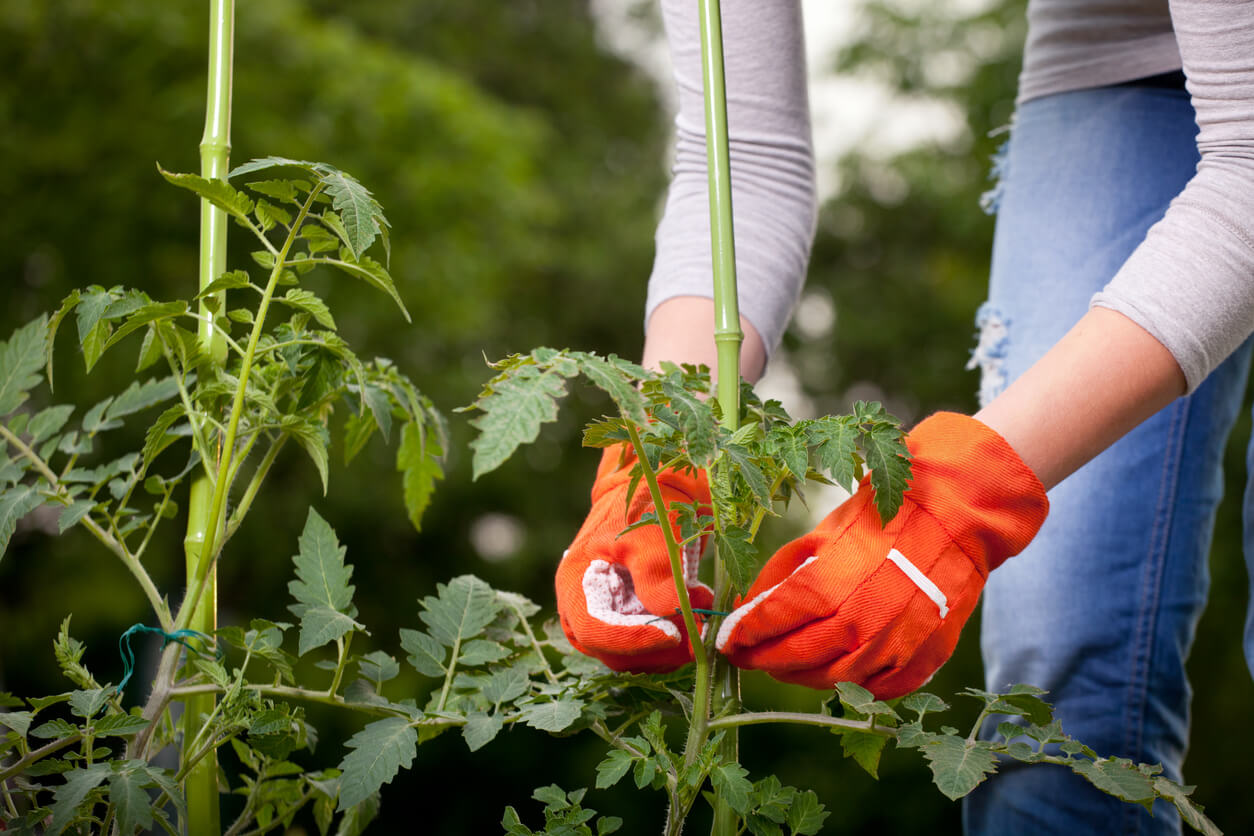The only thing worse than the fever, aching, running nose and cough of cold and flu is a whole house full of fevers, aches, running noses and coughs.
While no one has yet found the cure for the common cold, there are some ways to help keep it from spreading around your family.
One way to slow the spread of cold, flu or strep throat is to sanitize your dishes, said Judy Harrison, a food safety specialist with the University of Georgia Extension Service.
"The ideal way to clean dishes is to use a dishwasher, especially one with a sanitizing cycle," she said. "During cold and flu season, sanitizing will give you and your family added protection."
Make sure the water temperature of your dishwasher is set to 140 degrees. If you don't have a dishwasher with a sanitizing cycle, you can still sanitize your dishes and utensils.
"Make a sanitizing solution of one tablespoon of chlorine bleach in one gallon of warm water. Allow them to sit in the solution for at least one minute and then air-dry," Harrison said.
Nonabsorbent toys like hard plastics and rubber also can be sanitized in the same solution to keep germs from spreading.
Colds and flu, like almost 50 percent of all infectious diseases, can be slowed by proper hand washing. Experts advise using antibacterial soap, preferably liquid, applied to wet hands.
Vigorously rub hands, including palms, backs, wrists, between fingers and under fingernails, for at least 20 seconds. Friction is the key to killing germs.
Rinse hands under warm, running water to remove all the soap. Leave water running. Then dry hands with a disposable towel, turn off the water with a disposable towel and throw the towels in a child-proof trash can.
Remember to wash children's hands after they sneeze, cough or blow their nose.
"A lot of people mistakenly assume you catch colds from being out in the cold," said Don Bower, an Extension parenting specialist. "Dress youngsters so they're comfortably warm, but pay more attention to touching germ-laden surfaces such as doorknobs."
When the heat comes on and the air dries out, homes become prime grounds for spreading germs.
"When the humidity in the home is below 25 percent, the mucous membranes, especially the sinuses, dry out and become more susceptible to entering germs," said Dale Dorman, an Extension housing specialist.
"On the other hand," she said, "home humidity of more than 50 percent creates the perfect environment for mold and mildew to form."
Dorman recommends keeping the humidity at about 40 percent.
If keeping the humidity up in your home requires using a humidifier, keep in mind: they, too, can spread cold and flu germs.
"Humidifiers should be changed and properly cleaned, using chlorine bleach," Dorman said. "Follow the manufacturer's instructions and disinfect each time you put fresh water in it."
The simplest and most effective way to protect your family from flu is annual flu shots, the experts say.
But if the bug is in your home, don't let it spread. Sanitize all surfaces that infected family members contact, using chlorine bleach and warm water.






